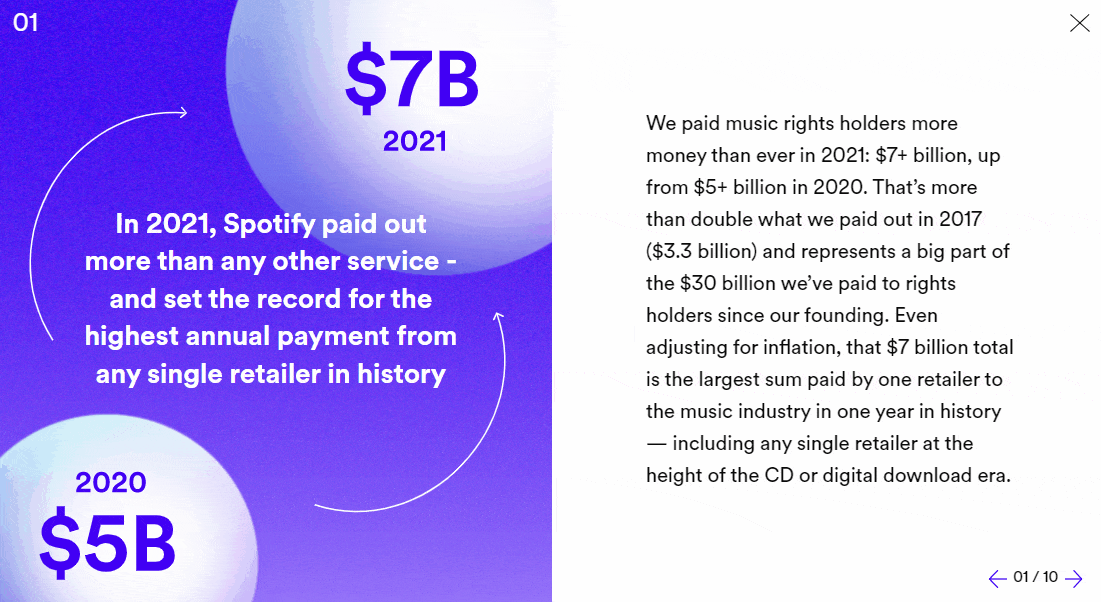Spotify released their site Loud&Clear in the hopes of being more transparent with both their users and the artists uploading their content. Their aim was to show exactly how they’re contributing to the music industry. Before streaming stores have been accused of underpaying artists. This is why Spotify wanted to show they’re doing all they can to help.

Loud&Clear updates from Spotify
Spotify created their website Loud&Clear after uproar came within the streaming world. It wasn’t just Spotify that angered artists. However, being one of the largest platforms, they do have to hold a lot of responsibility for this upset. Artists felt unfairly paid. Which, is incredibly justified considering the small amounts the majority of artists make from their music. Once they’re done splitting the costs with distributors, labels, managers etc, there seems to be little left for themselves. It seems unless you’re a large household name, you can’t make a lot from streaming stores.
This is why Spotify decided they’d be more open about their earnings. They decided to let users and most importantly artists know about their facts and figures. Allowing artists to understand more about the statistics that come with Spotify means there’s more fluidity. Artists are then able to see why their earnings are the way they are. Of course, this doesn’t solve the argument, but it is a starting point.
“Last year, we launched Loud & Clear to increase transparency around the royalty system and break down the global streaming economy, the players, and the process.”
Spotify
What features have they updated?
Spotify released Loud&Clear to combat the overall feelings towards the music industry. They released this was something that was lacking. Many artists wanted more transparency around how the industry pays out. Since last year, they’ve continued to update it, announcing royalty data and how various artists are finding success.
Some of the information they’ve released is as follows:
- Spotify paid out $7 billion to the music industry in 2021.
- They paid out more than any other streaming service and set a record for the highest annual payment from any retailer in history.
- More than 1,000 artists generated $1 million or more.
- Streaming revenue hit a new earning record since 2010.






